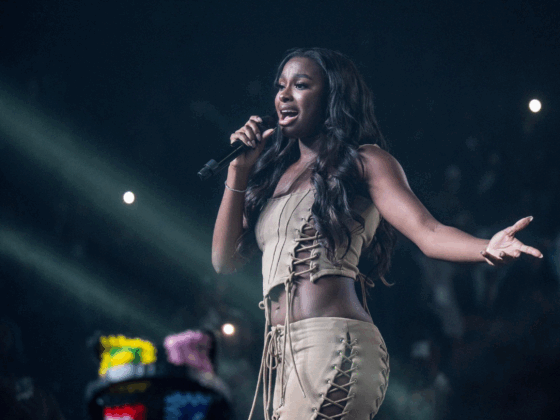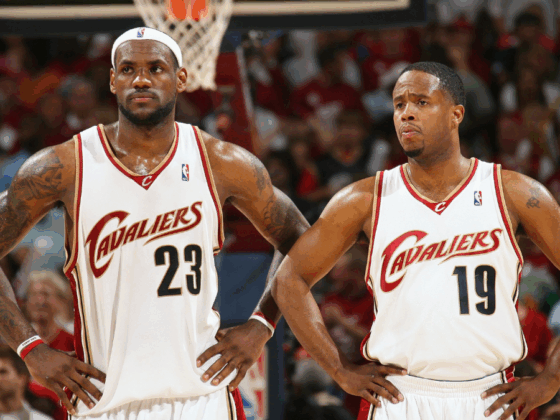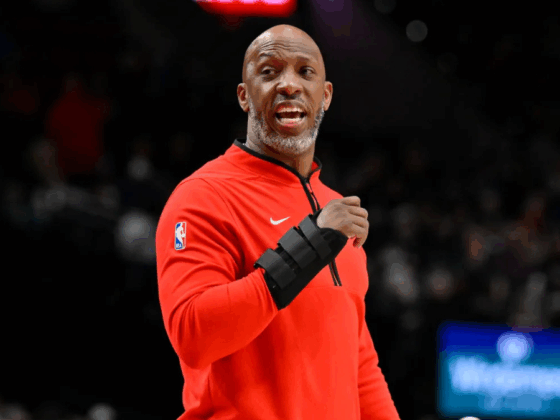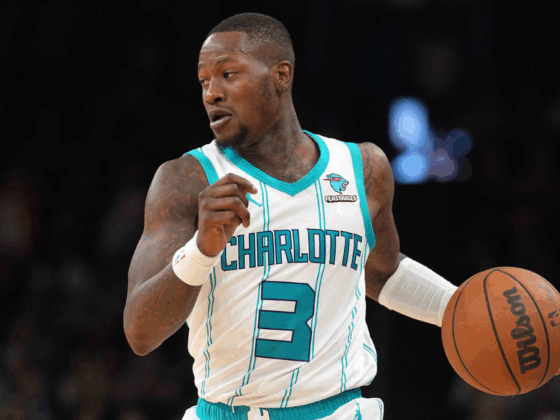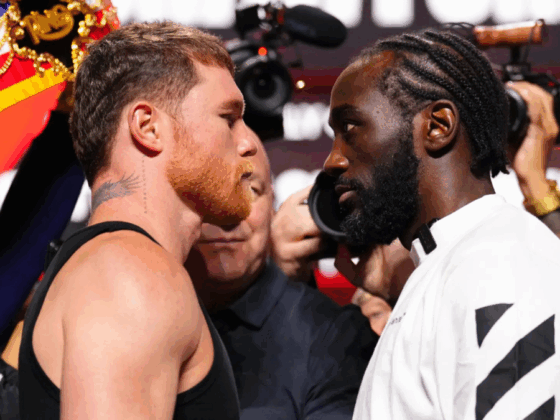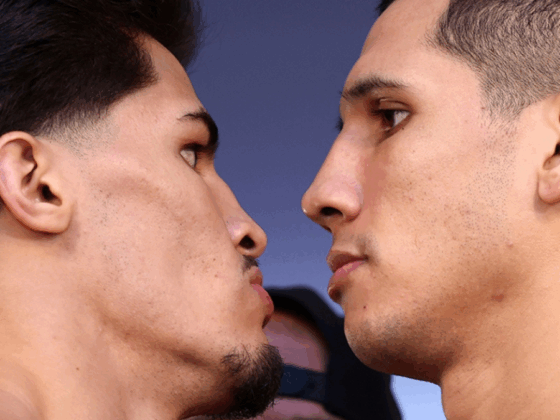
The NBA is at a volatile state right now. Despite having arguably it’s best years in terms of money coming in, the rise in the player salary cap has got owners preparing for a lockout next year. With players like Timofey Mozgov getting paid $64 million over the next 4 years, you can imagine owners frustrations about the money they have to cough up to the players. Even when the money is offered, players leave their teams, with Kevin Durant signing with the Warriors, the parity in the league has been put into question over the last few weeks. With all these topics being discussed throughout the summer league by executives and scouts, concerns of a lockout are arising.
The 3 main points that the players union argue with NBA owners are the division of basketball related income, in posing a franchise tag, and eliminating max salaries. Tim Bontemps of the Washington Post went in-depth on the summer league discussion of a possible lockout season, and he discovered most owners are preparing for one:
So why is it, as the NBA’s annual convention otherwise known as the Las Vegas Summer League continues this week, that the dominant theme among the league’s movers and shakers is the strong possibility of a work stoppage next summer? Ironically, many of the same reasons for the league’s current vibrancy and health could lead it to the brink of labor strife next July.
Owners have been complaining about the percentage of basketball related income, and the current 49% isn’t enough. In the lockout of 2011, the 51% players share was agreed on and that will be a major issue as well. Per Bontemps:
In the last lockout in 2011, the NBA significantly cut into the National Basketball Players Association’s share. The league managed to reduce the players’ share of basketball related income (otherwise known as BRI) from 57 percent before the work stoppage to a band between 49 and 51 percent under the new CBA.
That doesn’t mean the league is satisfied, though.
“They want one thing,” said one player agent, referring to the owners. “They want a higher percentage than 50 percent [of BRI]. That’s it.”
This percentage of basketball related income is exactly what’s allowing teams like the Warriors to sign Durant without dismantling their team, leaving the Oklahoma City Thunder in the dust. One proposed idea to prevent things like that from happened, a franchise player tag. Similar to the NFL, teams could sign players to a deal including a franchise player tag that would make it essentially impossible for players to leave if they’re a franchise player. Players are resistant in that situation, per Bontemps:
Player opposition figures to be strong against a franchise tag. From their perspective, Durant spent nine seasons playing in Oklahoma City and had earned the right to test the open market. The topic could be one of the most contentious during any collective bargaining.
Another argument that owners and players are far apart on is the possibility of removing the max salary cap, enabling players like LeBron James and Kevin Durant to demand salaries somewhere in the $50 million’s and although that would seem like a ridiculously big change, the idea has been brought up.
“If I was the owners, why wouldn’t I want to stop this?” one talent evaluator asked.
One easy way to both prevent these kinds of contracts and to eliminate the ability for teams like the Warriors to have several stars team up would be to eliminate max contracts. If players like Curry and Durant could each command, say, $50 or $60 million per year instead of the $26.5 million and change Durant will earn next season on his maximum allowed salary, it would be difficult – if not impossible – for them to play together without agreeing to take gigantic pay cuts.
With Michele Roberts as executive director, you can expect that players won’t back down from the owners when this round of negotiations come around. In 2011 it took nearly half the season for both sides to come to an agreement. Let’s hope a lockout doesn’t happen.
